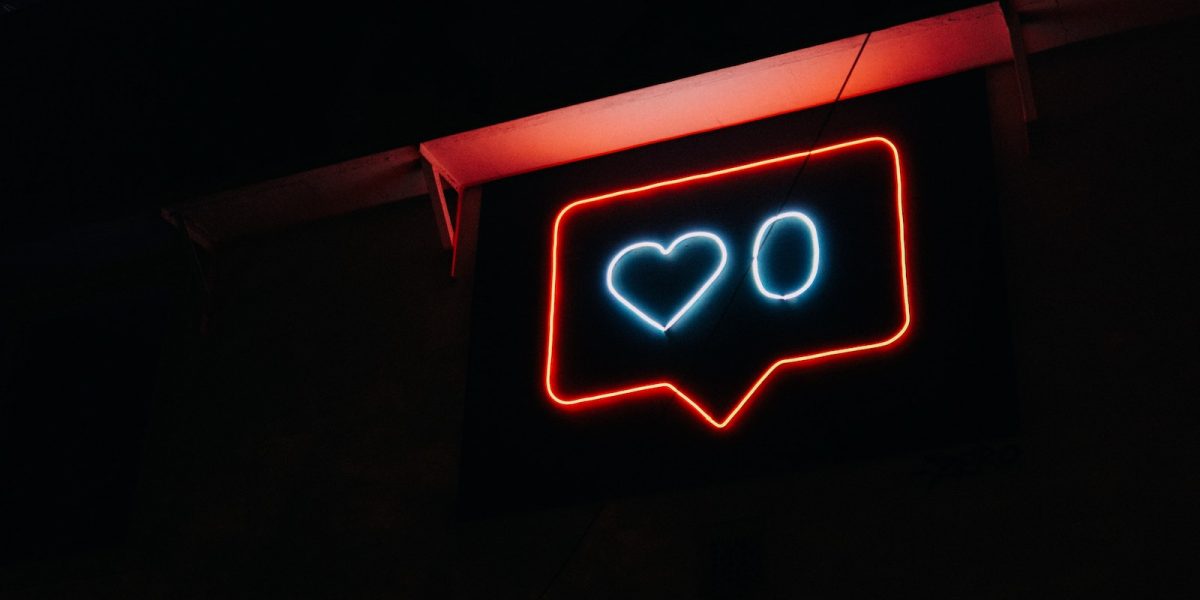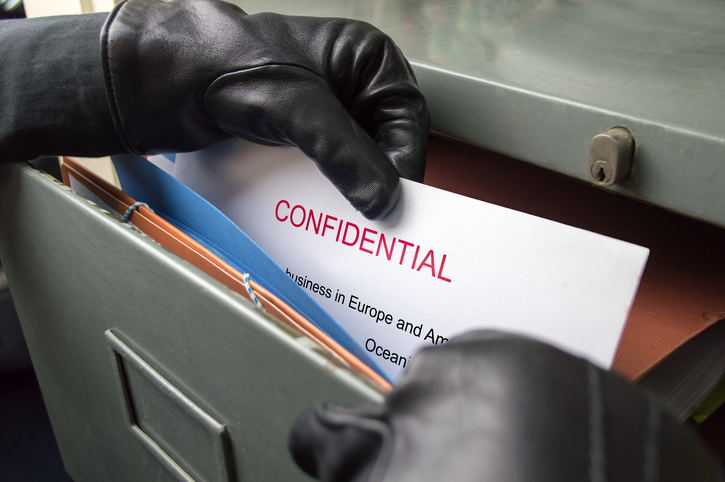Find out what made these businesses sustainable and how you can make yours too!
__________________________
Sustainability isn’t just a trend that has gotten popular over the past years. It is a movement that applies to all spheres of life and that is necessary for businesses to continue.
In business school, you learn that peoples’ wants and needs are endless but resources are limited. Businesses, until lately, have done little to nothing to ensure their resources are being used in a reasonable and mindful way. Making sure that the things you run on continue to exist should be at the top of businesses priority list, yet most companies don’t have a plan that ensures that.
Industries, especially the ones that are the least sustainable, and run in non-renewable sources are at constant risk that they will run out. Not only that but also their way of operating is driving the world towards resource debt. That means that at this current moment we are using our resources at a rate that we shouldn’t.
One of the reasons companies stay away from sustainability is the initial cost. You might think that investing in sustainability is a big cost and doesn’t pay out but Global 100 companies like Cisco, who have a sustainability strategy, have higher profits. From minor changes, like changing light bulbs, to major ones like changing the materials they use in production, etc.
IKEA
Ikea is one of the first companies that took sustainability seriously by investing in sustainable things their customers can see on daily basis, as well as others they can’t. This company sources 50% of its wood from a sustainable forester. But that is not all. Ikeas stores are covered in solar panels that are estimated to supply the company with renewable energy 100% until 2020. Ikea’s sustainability commitment stretches to water use, energy, and chemical fertilizers and pesticides.
Unilever has made sustainability part of their identity and existence. The company invested in this in 2010 and aims to double its business in the next 10 years by halving their impact on the environment. Their sustainability strategy has three big goals to achieve sustainability. Improving health and wellbeing for more than 1 billion people, reduce the environmental impact in half, and enhance livelihoods for millions.
Panasonic an exceptional example of integrated sustainability into corporate values. The company moved their headquarters intentionally to reduce their employer’s carbon footprint. Panasonic is focused on energy efficiency, renewables, making sustainable products, etc.
Something they did is team up with several companies to create a sustainable smart town in Japan.
Allergan is a botox producer. With its commitment to sustainability for two decades now, their efforts go from water and energy conservation, waste reduction, and emission reduction. They have set a goal of reducing their environmental impact by 20% until 2020. But not only that. Their sustainability actions don’t include only those towards the environment. Allergan is also focused on their employers and patients, by being socially sustainable.
Seventh Generation
A sustainable company in an industry that is environmentally destructive is quite rare. The seventh Generation not only commits to sustainability practices during their operation, but their products are designed and produced to be environmentally friendly. By producing green cleaning products, they have revolutionized the cleaning products industry, where now, even their competitors have brought out greener cleaning products.




